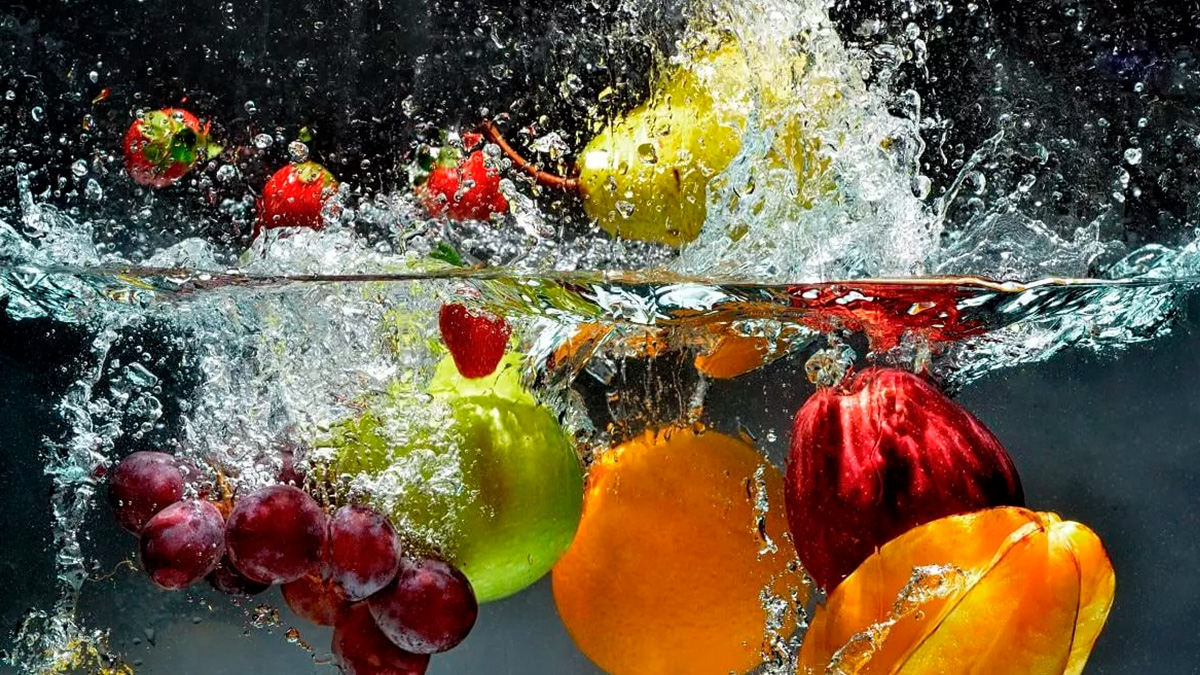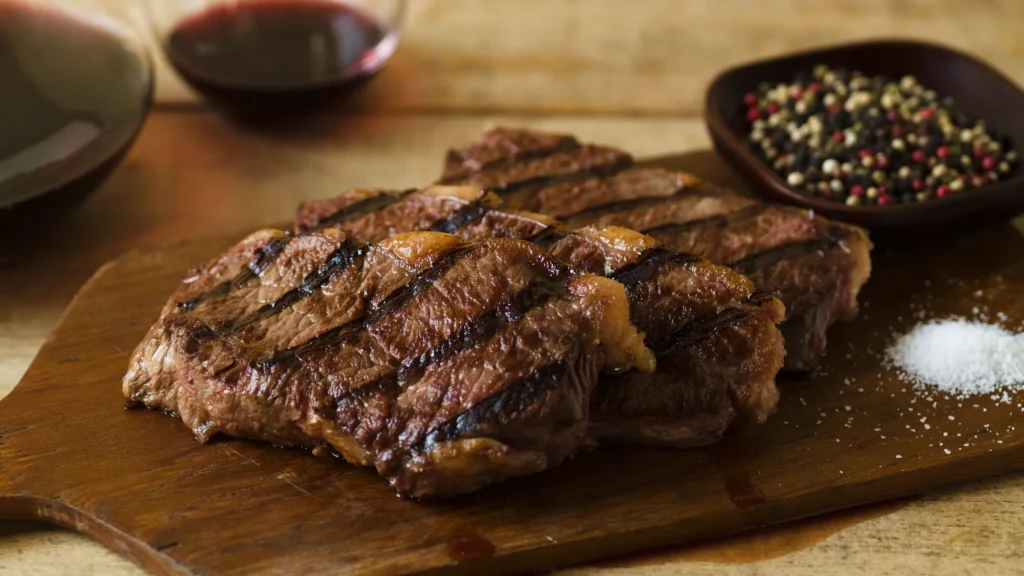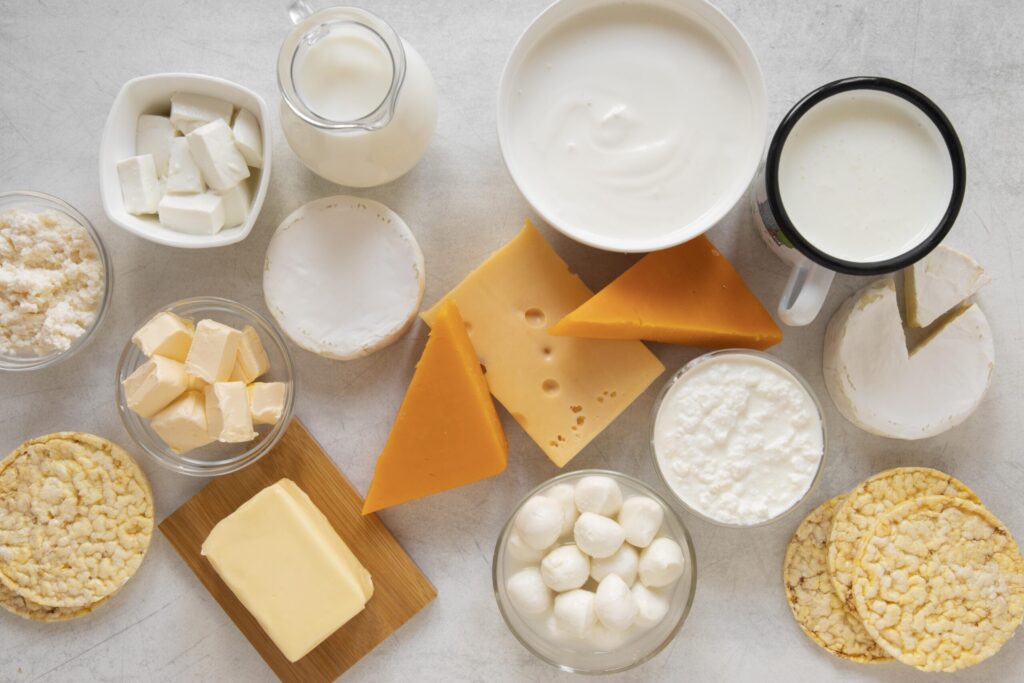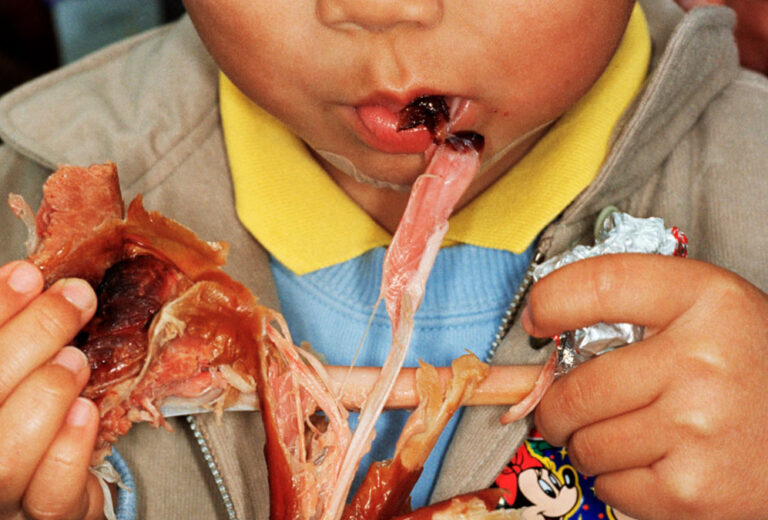Click here to read the Spanish version.
The water footprint is the amount of water needed to produce what we eat; to produce all the foods that require large quantities of this essential liquid.
In terms of sustainability, society is advised to know the footprint of food and beverages in order to be able to modify the diet and thus take care of the planet. According to the FAO (Food and Agriculture Organisation of the United Nations), almost 70% of our daily water consumption is used in our diets worldwide.
The climate emergency and the resulting global drought are limiting the amount of water available for human consumption, agriculture and industry. In this sense, the average Spaniard consumes around 166 litres per day, distributed between showers, washing, cooking and other cleaning tasks.
In order to alleviate this paradigm of absolute dryness, following sustainable and healthy diets, such as the Mediterranean diet, based on fruit, vegetables and fish, leads directly to saving water, as animal fats and dairy products are the foods that need the most water to be produced.
It takes 15,000 litres of water to produce 1 kilo of beef and almost 5,000 litres of water to produce 1 kilo of chicken. On the other hand, health experts recommend consuming at most 200-500 grams of meat per week.
As for milk processing, 1,000 litres of water are used per kg, while cheese requires 4,000 litres.
Similarly, beverages have a large impact on H20 expenditure. A cup of coffee is equivalent to 140 litres of water, a litre of beer is equivalent to 150 litres of water and a bottle of wine is equivalent to 750 litres.







